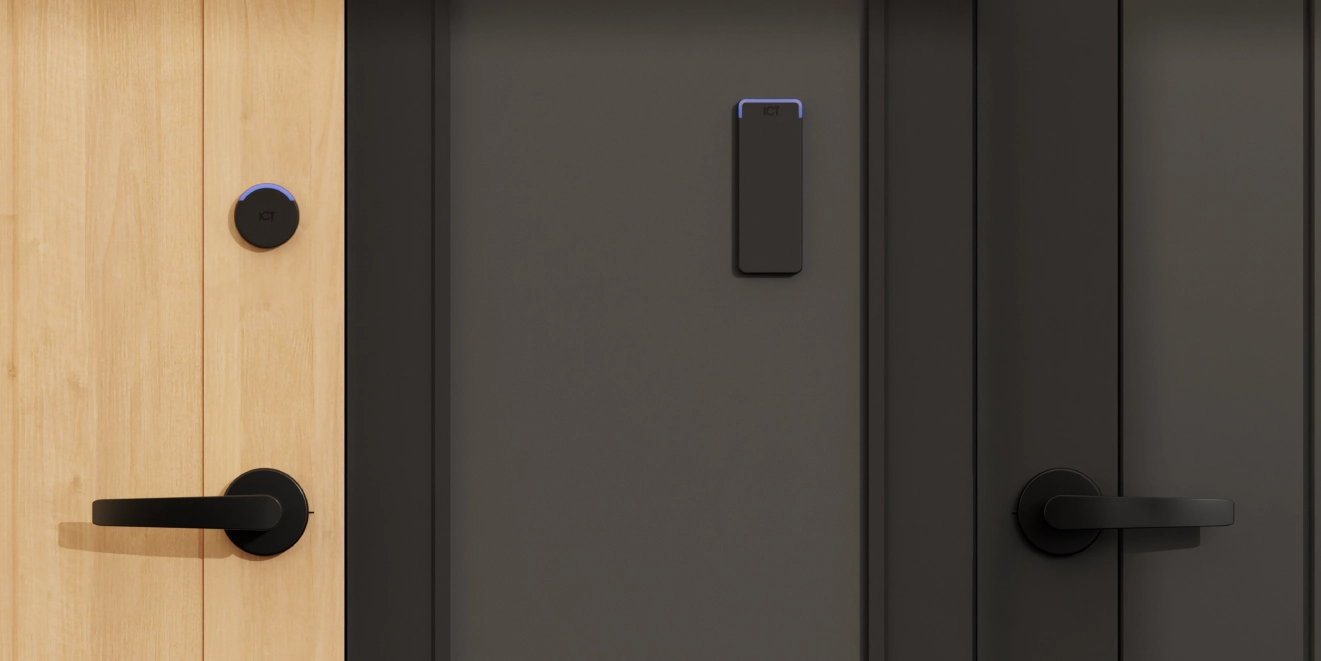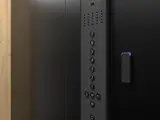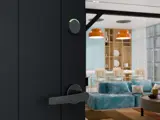
Wired vs wireless locks: When to use which
Did you know in a recent survey, 63% of tenants moved out of their rentals due to a lack of security?
Creating a full multifamily solution requires you to control access and manage security, from the perimeter of the building to the penthouse, and every area in between.
Picking the right solution for the right situation can mean the difference between headaches and hassle from managing multiple systems that don’t talk to each other, and a seamless wireless lock solution for you and your tenants.
So, should you go wired or wireless for your building?
Wired explained.
A wired door, as its name suggests, has wires running from the reader or lock through the door and frame to the controller and power supply. Batteries are not required and it’s always online because it’s physically connected to the security system. Because it’s always online, it’s a higher security solution than a wireless lock.
There are also more costs associated with wired readers and locks – running the cables from the reader to the controller requires materials and labor – and if you’re upgrading your old hardware, you’ll have to consider the cost of cutting into the doorframe and walls.

Wireless explained.
A wireless door has no cables and can be considered an ‘offline’ or ‘online’ solution. It runs on batteries which need to be changed typically every 10,000 cycles, meaning the locks aren’t vulnerable to power outages and are more sustainable than a wired lock as they don’t draw power from the supply.

Which one should I use?
Both!
Areas that require around the clock status tracking and updates, such as building entrances and exits, elevators, and high security areas are best suited to a wired card reader.
Wireless locks are great for internal doors, like apartment unit doors and common areas such as fitness centers and community rooms. They’re also better suited to areas where cable runs are difficult, uneconomical, or unnecessary, such as heritage buildings or upgrading every single apartment unit’s locks.
Using a mix of wired and wireless readers and locks that exist in one ecosystem means you can oversee and manage your buildings access control, security, and building automation from one interface. No need to collate information from multiple databases, no need to compare reports.
That’s a seamless solution for you and your tenants.









